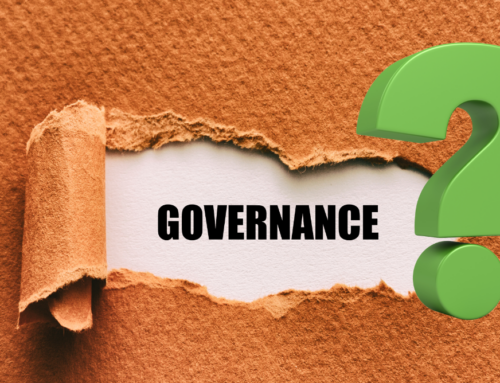Failed Boards are more common than people realize.
 Failed Boards are much more common than most people realize. Charged with the responsibility of identifying and mitigating risk; validating and overseeing strategy; and, hiring and performance managing the CEO, most organizational failures are the responsibility of the Board. From Enron to Volkswagen, Boards full of smart people have failed at their governance role.
Failed Boards are much more common than most people realize. Charged with the responsibility of identifying and mitigating risk; validating and overseeing strategy; and, hiring and performance managing the CEO, most organizational failures are the responsibility of the Board. From Enron to Volkswagen, Boards full of smart people have failed at their governance role.
So what’s separates good Boards from failed Boards?
Based on advice available everywhere, the key to a great Board is Board composition – having the right Directors. But a little research quickly disproves this. Check out the Directors of almost any high profile corporate failure and what you’ll find in almost every case are smart, experienced, respected Directors. Clearly, strong Directors alone are not what separates good Boards from failed Boards.
The four factors separating strong Boards from failed Boards.
A little more research reveals the following:
- Strong Boards are truly independent. Truly independent Boards don’t simply rely on management to understand what risks the organization is facing or to define what the strategy for the organization should be. They do their own research, use their own advisers. Truly independent Boards aren’t afraid to confront management. Nor are they afraid to make tough decisions for fear it will somehow hurt them personally.
- Strong Boards are well lead. The Board and Committee Chairs not only understand the Board’s role and governance process, they know how to execute. Leading an independent, diverse group of Directors and working with a strong CEO and management team requires confidence, skill and clarity. The clearest signal of a weak Chair isn’t a Chair who works well with Management – it’s one who relies on Management for everything from what’s happening in the business to what the Board Meeting agenda is.
- Strong Boards possess high-level risk management, strategic planning and performance management skills. Let’s be clear. We’re talking about being proven good at these things, not simply understanding them. Competency is what helps ensure that a Board can’t simply be lead – as too many Boards are – down the wrong path. These skills are literally a form of risk management.
- Strong Boards lead a governance culture. There are three elements of strong governance culture: attention to risk; comprehensive corporate strategy; and, accountability/performance management. Losing sight of these pillars happens easily, especially in organizations with overly lucrative incentives to focus on ‘making money’ or ‘getting the sale’ or ‘doubling market share’. Governance culture in no way limits growth or profitability. It simply helps ensure they are sustainable.
All great Boards have strong Directors. However, Board composition alone is NOT what separates great Boards from failed Boards.







Leave A Comment